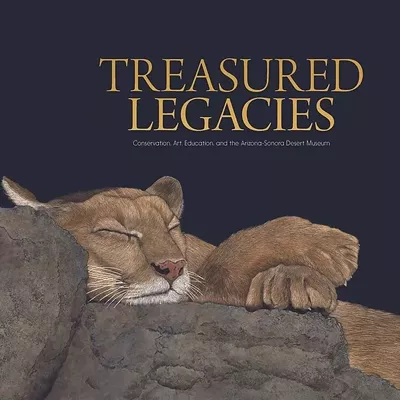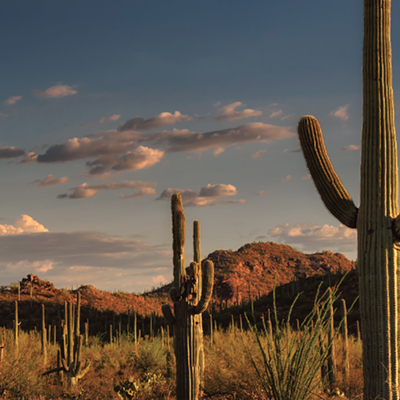In his 1999 novel, Reservations, Meyers wrote about '30s-era Indian Affairs teachers Will and Mary Parker, who were banished with their son to the Navajo reservation for opposing Indian boarding schools.
In his latest novel, The Death at Awahi, Burton has Quill Thompson, Indian Affairs educator, along with his nurse wife, Jane, exiled to a fictional pueblo in western New Mexico in 1923 for speaking out against the U.S. government's "Christianize and civilize" policy toward Native Americans.
Do you think Mr. Burton, born in 1924 to U.S. Indian Service teachers and raised on the Zuni, Navajo and Hopi reservations, might be engaging in a little series memoir/history/commentary fiction-writing exercise?
He certainly can nail setting, cultural and period details. As a former staff correspondent, writer and editor for Time and Fortune magazines, he also has the tools to frame them.
The Death at Awahi opens with Quill and Jane in their Model T, slogging through rain and mud to reach remote Awahi. Although only three years a teacher in the Indian Service, Quill has been named to replace the misbehaving principal at the Awahi school.
The narrative's conflicts arise early. Jane sees the posting as punishment (and no place to raise the family she's hoping to start); Quill calls it an opportunity. Some of the old guard in the bureau see them both as boat-rocking upstarts to be controlled or resisted; the Indians act as if they don't see them at all--they're just the latest in a long series of meddling white folks.
Actually, Quill's posting (along with Jane's assignment, to establish the first medical clinic at Awahi) marks a change in official white folks' meddling: To guarantee the separation of church and state, the Indian Service's 50-year attempt to replace "paganism" with Christianity is to be dropped. That promises friction between Quinn and the two Protestant churches in the pueblo. That's layered over the competition the Protestants have between each other, and it doesn't even mention the animus the Protestants share toward the Roman Catholic mission.
We, in our century, didn't invent "clash of cultures." Meyers presents his fictional Awahi tribe as resilient and fairly intact, but fragile. A matriarchal Pueblo society that withstood Spanish explorers in the 16th century and still celebrates its 1680 rebellion, it retains a powerful kachina-based religious tradition. His descriptions of the Awahi village and the customs and traditions ring as strikingly authentic. (Hmm, one notes that the Zunis from this area--the Ashiwi--have very similar characteristics and ceremonies.)
At a time of Anglo abuse, Quill and Jane act with respect and affection toward the Indians. Although he's been warned that the native people are thieving and dangerous, Quill unlocks the sealed doors and windows and stashes the (unloaded) pistol in a drawer. He takes on the battle-ax upper-school teacher, Mrs. Willis (given to beating Christianity into--and their native tongue out of--students), and bans "the missionary" from school assemblies. While Meyers' characterization of Quill and Jane is nicely filled out, he falls back into stereotype for some of his other characters. And they fall into two camps--with the Thompsons (and Awahi) or against them.
The most interesting character proves to be the missionary. Part Chaucer Pardoner, part sort-of-Christian kachina, the son of a Baptist preacher and the founder of the bogus Church of Jehovah's Sweet Light of Jesus Mission, he leaps right over stereotype into caricature. With shoulder-length blond hair, piercing blue eyes, a way with cards and ladies, dressed in a black bowler hat and swirling a magician's cape, he materializes at critical moments, waving his Bible and exhorting to REPENT in all caps.
As a murder-mystery, The Death at Awahi misses on a few accounts. The narrative tension softens after Quill and Jane establish themselves, and the murder--which occurs late in the novel--involves more ethical dilemma than investigation. But that's not what distinguishes the book. It's more a graceful, culturally interesting medium for questioning the imposition of the United States culture on the native, the ethics of positing of one culture's laws against another's, the separation of U.S. church and state, the roles of ritual and tradition, and the subtle influence of the "conquered" culture on its conquerors.
That's not to mention that it's a little memoir/history/commentary fiction-writing exercise from someone who had the unique opportunity to have been there. And--not giving too much away--you finish the book glad that Quill and Jane will probably be having a baby in 1924.







